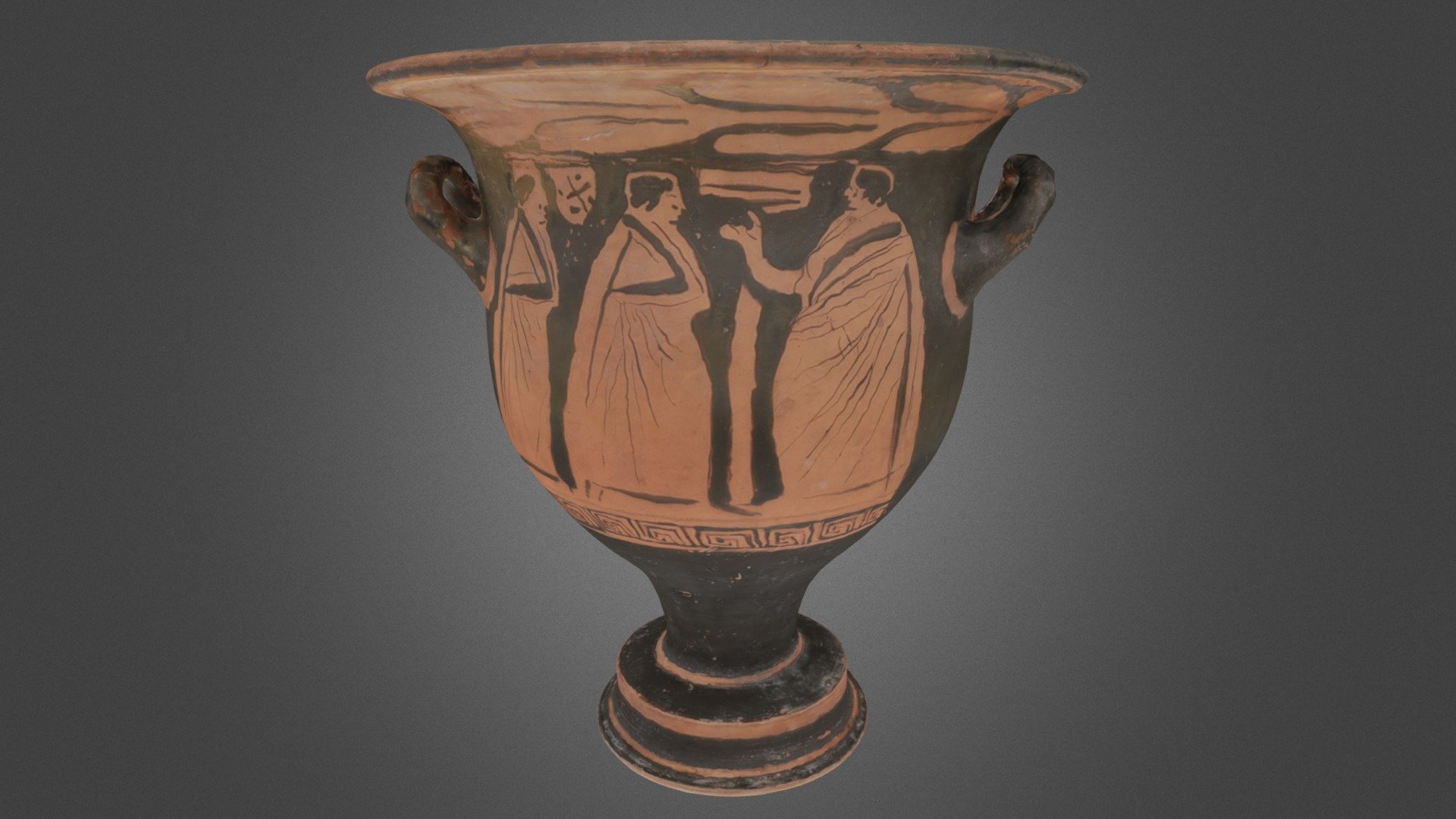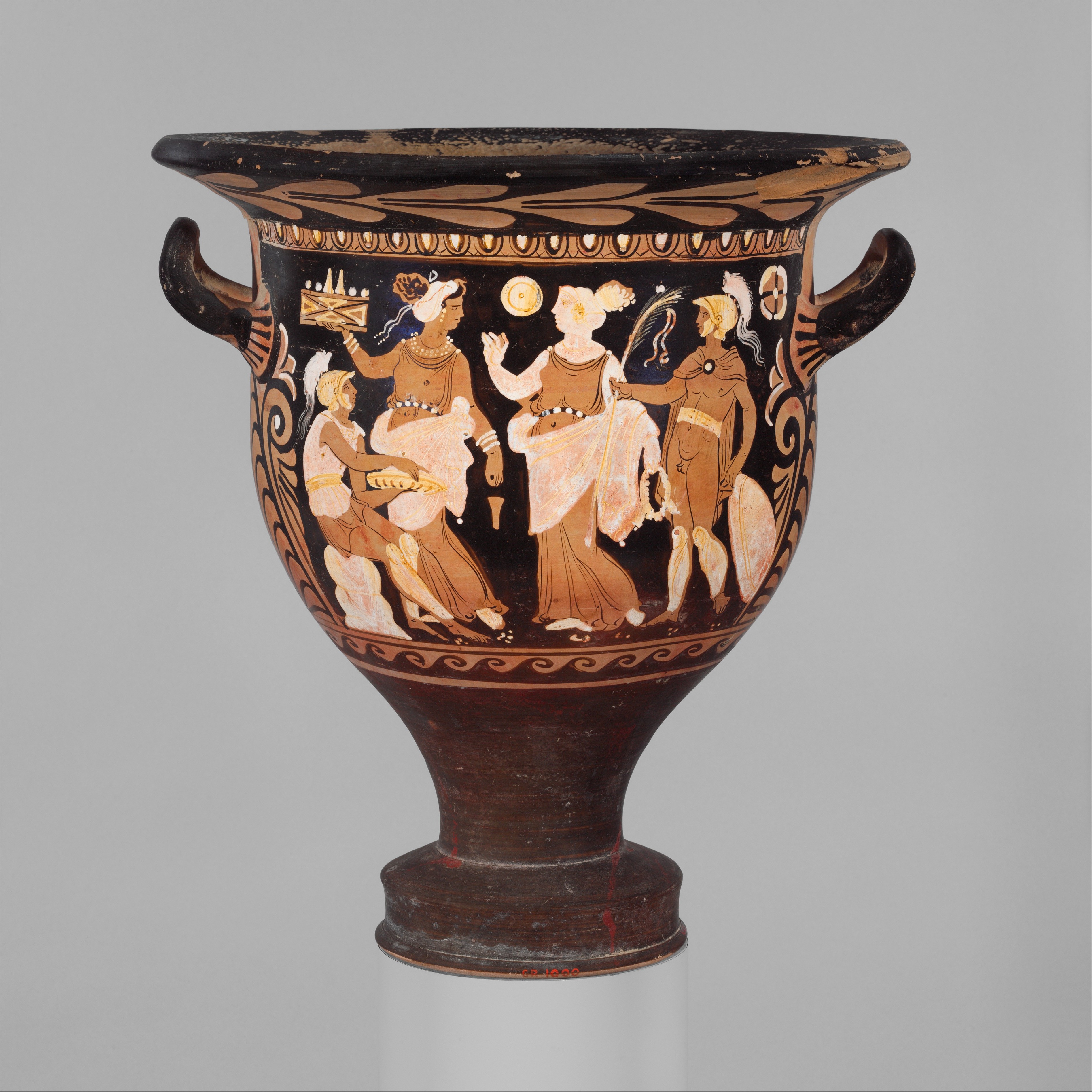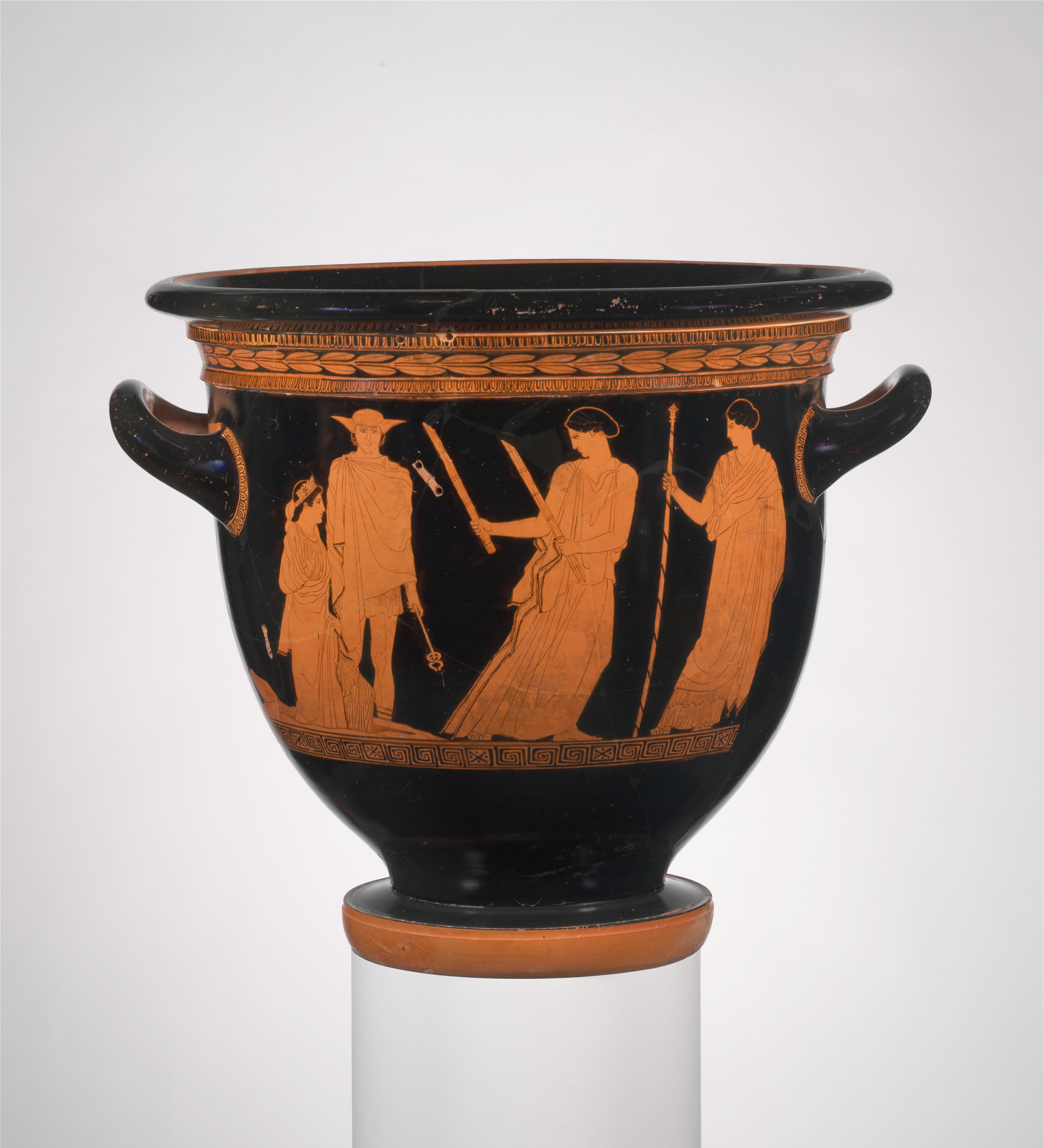

The krater and how it was filled and emptied was thus the centerpiece of the symposiarch's authority.

He would then assume control of the wine servants, and thus of the degree of wine dilution and how it changed during the party, and the rate of cup refills. Usage Īt the beginning of each symposium a symposiarch (συμποσίαρχος), or "lord of the common drink", was elected by the participants. This object was found among other funeral objects, and its exterior depicted a funeral procession to the gravesite. The exterior of kraters often depicted scenes from Greek life, such as the Attic Late 1 Krater, which was made between 760 and 735 B.C.E. Pottery kraters were glazed on the interior to make the surface of the clay more impervious for holding water, and possibly for aesthetic reasons, since the interior could easily be seen.

The modern Greek word now used for undiluted wine, krasi ( κρασί), originates from the krasis ( κράσις, i.e., mixing) of wine and water in kraters. In fact, Homer's Odyssey describes a steward drawing wine from a krater at a banquet and then running to and fro pouring the wine into guests' drinking cups. Thus, the wine-water mixture would be withdrawn from the krater with other vessels, such as a kyathos (pl. They were quite large, so they were not easily portable when filled. The firing was stopped before the slip turned red once again.Further information: Ancient Greek vase painting and Pottery of ancient GreeceĪt a Greek symposium, kraters were placed in the center of the room. The fresh oxygen supply turned the pottery back to red. The kiln was then starved of oxygen and filled with carbon monoxide (by using wet fuel), causing the slip to turn black. Careful control of the firing process allowed Greek potters to oxidise the body of the pot, turning it red, by keeping the kiln well ventilated. The vase is decorated in the 'red figure' technique in which the areas surrounding the figures are painted in a slip (mixture of clay and water), leaving the red pottery showing through. These formed the nucleus for Hope's own collection of vases, which he displayed at Duchess Street. In 1801 Hope purchased the second collection of ancient vases formed by Sir William Hamilton, formerly the British Ambassador to the Naples court. (1807), illustrating objects he had designed for his London house at Duchess Street. The most important of these publications was Household Furniture and Interior Decoration.

The vase was once owned by Thomas Hope (1769-1831), the collector, connoisseur, patron and designer, who published a number of influential books of designs. The krater was an ancient Greek vase with two handles that was used to mix wine and water.


 0 kommentar(er)
0 kommentar(er)
